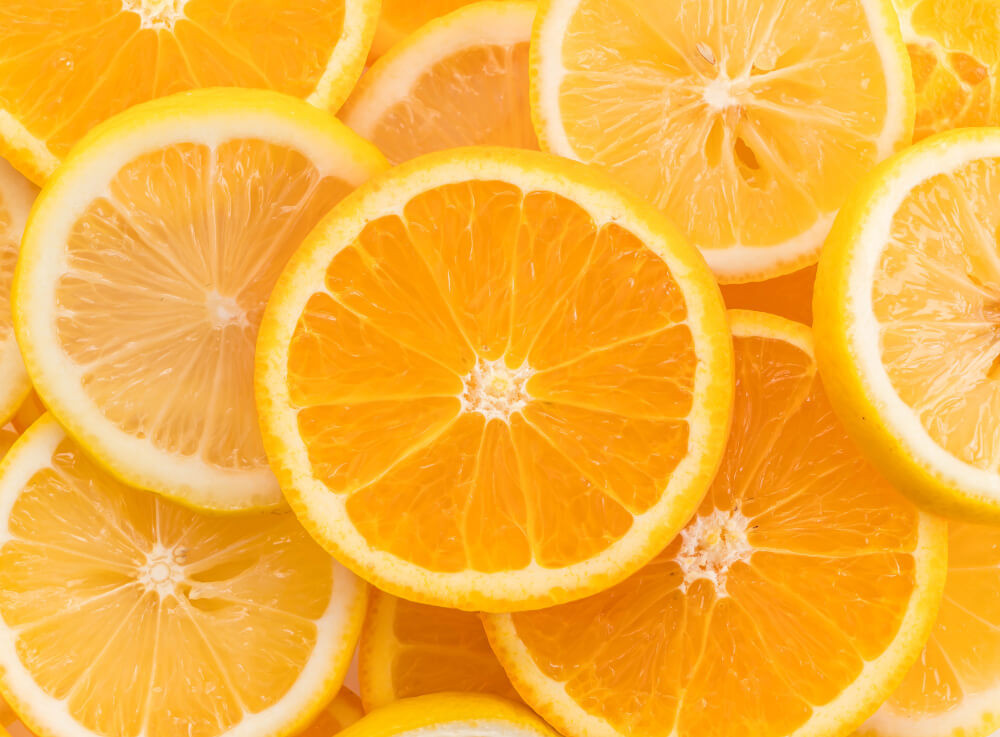Hyaluronic acid adalah senyawa yang terdapat di beberapa jaringan tubuh dan berperan dalam mejaga kesehatan terutama pada jaringan kulit, mata dan persendian. Penggunaan hyaluronic acid juga dapat membantu mengatasi kerutan, meningkatkan elastisitas kulit dan membuat kulit tampak awet muda. Selain menggunakan skincare yang mengandung hyaluronic acid, Anda juga bisa mendapatkan manfaat hyaluronic acid melalui makanan.
Makanan yang Mengandung Hyaluronic Acid
Hyaluronic acid atau asam hialuronat adalah zat alami yang ditemukan dalam cairan mata dan persendian. Senyawa ini berfungsi sebagai bantalan dan pelumas pada sendi dan jaringan lain. Hyaluronic acid juga dapat digunakan untuk tujuan kosmetik. Asam hialuronat dapat memengaruhi cara tubuh dalam merespons cedera dan membantu mengurangi pembengkakan.
Secara alami, tubuh dapat memproduksi asam hialuronat, namun senyawa ini juga banyak tersedia dalam suplemen oral, suntikan atau serum skincare. Selain itu, Anda bisa mendapatkannya dari makanan tertentu. Beberapa makanan juga diketahui dapat memberi nutrisi yang digunakan tubuh untuk meningkatkan produksi hyaluronic acid.
Karena hyaluronic acid banyak didistribusikan di sekitar sel dan membantu membentuk jaringan ikat, maka kandungan ini banyak dijumpai pada produk hewan seperti sapi, ikan, dan ayam. Sumber makanan hyaluronic acid terbaik berasal dari hewan, namun ada juga sumber asam hialuronat yang berasal dari tanaman.
Makanan yang mengandung hyaluronic acid, antara lain:
Kaldu tulang
Kaldu tulang diproses dengan merebus tulang dan jaringan ikat dalam air selama 12-48 jam. Proses ini menghasilkan kaldu yang gurih dan kaya nutrisi, termasuk salah satunya adalah hyaluronic acid. Kaldu tulang juga mengandung protein dan sumber senyawa penyusun protein seperti prolin dan glutamin yang dapat mendukung kesehatan sendi. Kaldu tulang juga kaya akan kolagen, sejenis protein yang terbukti meningkatkan elastisitas dan hidrasi kulit.
Baca Juga: Manfaat Hyaluronic Acid bagi Kulit Wajah
Jeroan
Daging organ dari hewan ternak dan bola mata ikan merupakan sumber hyaluronic acid yang baik, namun sebaiknya Anda membatasi konsumsi daging organ atau jeroan karena memiliki kandungan lemak tinggi.
Kale
Selain dari hewan, beberapa sumber nabati juga memiliki kandungan hyaluronic acid yang bisa Anda manfaatkan. Salah satu sumber nabati yang memiliki kandungan hyaluronic acid yang baik adalah sayuran berwarna hijau gelap seperti kale.
Dalam seporsi sayuran hijau atau kale yang sudah dimasak mengandung serat, vitamin A dan K, kalsium, tembaga, dan mangan dalam jumlah besar. Kandungan ini juga tinggi magnesium, yang bukan hanya dibutuhkan untuk produksi energi, fungsi otot, dan kesehatan tulang, namun juga terlibat dalam produksi hyaluronic acid.
Baca Juga: Seberapa Sering Eksfoliasi Kulit Tubuh Perlu Dilakukan?
Jeruk
Jeruk sebenarnya tidak mengandung asam hialuronat, tapi mengandung naringenin, golongan flavonoid yang memiliki sifat antioksidan kuat. Kandungan ini banyak dijumpai secara alami pada jeruk, tomat, dan buah-buahan cerah lainnya.
Naringenin bekerja dengan menghambat aktivitas hialuronidase, yaitu enzim yang bertanggung jawab atas pemecahan asam hialuronat. Karenanya, mengonsumsi banyak jeruk dapat membantu menjaga kadar hyaluronic acid tetap stabil dalam tubuh.
Tofu
Tofu tidak mengandung hyaluronic acid, namun makanan ini mengandung fitoestrogen yang tinggi, yaitu zat yang meniru efek hormon estrogen. Hormon estrogen terbukti dapat meningkatkan kadar hyaluronic acid yang dapat mendukung kesehatan kulit dan mencegah masalah seperti kekeringan dan kerutan.
Selain tofu, manfaat fitoestrogen juga bisa Anda dapatkan dari kedelai atau makanan olahan kedelai lainnya seperti tahu, tempe, dan jenis kedelai seperti edamame.
Hyaluronic acid atau asam hialuronat biasanya dijumpai sebagai kandungan dalam skincare untuk menjaga kesehatan kulit. Selain dari produk yang Anda gunakan, beberapa makanan juga mengandung asam hialuronat alami untuk menjaga fungsi tubuh. Jika memiliki pertanyaan seputar kesehatan, Anda bisa berkonsultasi dengan dokter atau manfaatkan fitur konsultasi yang tersedia pada aplikasi AI Care.
Mau tahu informasi seputar nutrisi, makanan dan tips diet lainnya? Cek di sini, ya!
- dr. Monica Salim
Ajmera, R. (2021). 7 Healthy Foods That Are High in Hyaluronic Acid. Available from: https://www.healthline.com/nutrition/hyaluronic-acid-diet
WebMD. Hyaluronic Acid. Available from: https://www.webmd.com/vitamins/ai/ingredientmono-1062/hyaluronic-acid
Bippen, J. (2023). The Tip Hyaluronic Acid Foods for Hydrated Skin. Available from: https://www.humnutrition.com/blog/hyaluronic-acid-foods/
Cleveland Clinic. Hyaluronic Acid. Available from: https://my.clevelandclinic.org/health/articles/22915-hyaluronic-acid
Ames, H. (2023). 11 benefits of hyaluronic acid for the face and body. Available from: https://www.medicalnewstoday.com/articles/hyaluronic-acid-benefits











